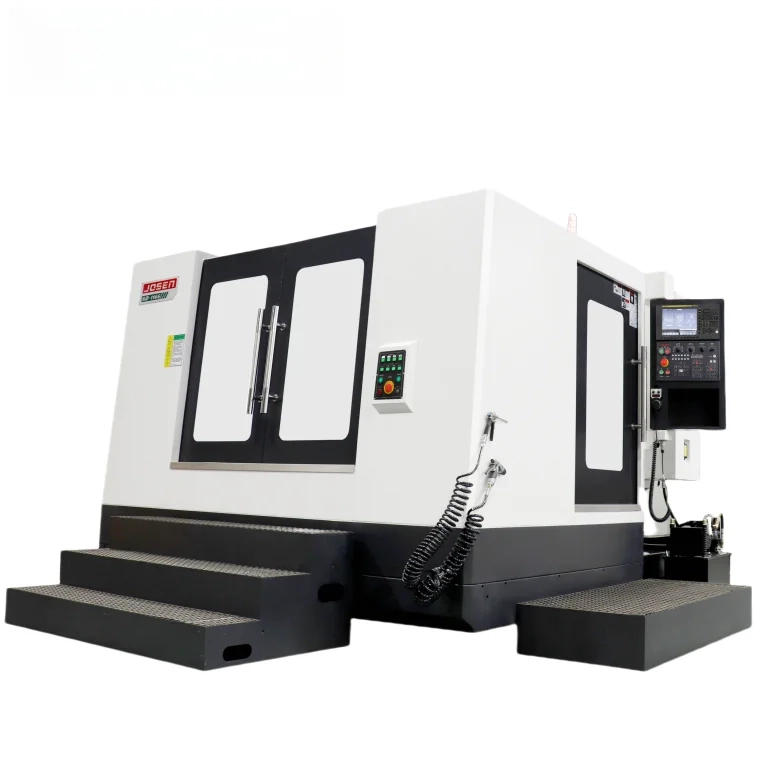In the world of electronics, a blown circuit board can feel like a death sentence for your device. Whether it’s a beloved gadget, a crucial piece of industrial equipment, or a vintage collectible, the frustration of a malfunctioning circuit board can be overwhelming. However, with the right knowledge and tools, you can often breathe new life into these electronic components. This article will delve into the intricacies of diagnosing and repairing a blown circuit board, providing you with a step-by-step guide to tackle this common issue.
Understanding Circuit Boards and Their Vulnerabilities
Before diving into the repair process, it’s essential to understand what a circuit board is and why it might fail. A circuit board, often referred to as a printed circuit board (PCB), is a flat board that connects electronic components through conductive pathways. These boards can fail for various reasons, including:
- Overvoltage: Excess voltage can cause components to heat up and fail.
- Short Circuits: A short circuit occurs when unintended paths allow current to flow, often leading to component damage.
- Physical Damage: Cracks, breaks, or corrosion can disrupt the circuit pathways.
- Component Failure: Individual components, such as capacitors or resistors, can fail, affecting the entire board.
Step 1: Diagnosing the Problem
The first step in fixing a blown circuit board is diagnosing the issue. Here’s how to approach this:
- Visual Inspection: Start with a thorough visual examination of the board. Look for burnt components, discoloration, or physical damage. Pay special attention to capacitors, as they are often the first to fail.
- Use a Multimeter: A multimeter can help you test for continuity and measure resistance. Check for short circuits by testing the resistance between power and ground. A reading close to zero indicates a short.
- Identify Faulty Components: If you suspect a specific component, use the multimeter to test its functionality. For example, capacitors can be tested for capacitance, while diodes can be checked for forward and reverse bias.
Step 2: Gathering Tools and Materials
Once you’ve diagnosed the problem, gather the necessary tools and materials for the repair:
- Soldering Iron and Solder: Essential for replacing components and repairing connections.
- Desoldering Pump or Wick: Useful for removing faulty components.
- Replacement Components: Ensure you have the correct specifications for any components you plan to replace.
- Isopropyl Alcohol and Brush: For cleaning the board before and after repairs.
- Magnifying Glass or Microscope: Helpful for inspecting small components and connections.
Step 3: Repairing the Circuit Board
Now that you have diagnosed the issue and gathered your tools, it’s time to repair the circuit board:
- Remove Faulty Components: Use the soldering iron to heat the solder joints of the faulty component. Once the solder is melted, use a desoldering pump or wick to remove it. Carefully lift the component off the board.
- Clean the Area: After removing the component, clean the area with isopropyl alcohol to remove any residual solder and debris. This step is crucial for ensuring a good connection with the new component.
- Install New Components: Place the new component in the correct orientation (pay attention to polarity for components like diodes and electrolytic capacitors). Heat the solder joints with the soldering iron and apply solder to secure the component in place.
- Repair Traces if Necessary: If any traces on the PCB are damaged, you can repair them using thin wire or conductive paint. Carefully solder the wire to the damaged trace, ensuring a solid connection.
Step 4: Testing the Repair
After completing the repairs, it’s essential to test the circuit board before reassembling the device:
- Visual Inspection: Conduct a final visual check to ensure all components are securely soldered and there are no stray solder bridges.
- Power Up the Device: Carefully power up the device and monitor its performance. Look for any signs of overheating or malfunction.
- Functional Testing: If the device powers on, conduct functional tests to ensure all features are working as expected.
Conclusion
Repairing a blown circuit board can be a rewarding experience, allowing you to save money and extend the life of your electronic devices. While the process requires patience and precision, following the steps outlined in this guide can help you successfully diagnose and repair common issues. Remember, if you encounter a problem beyond your expertise, don’t hesitate to consult a professional technician. With practice, you’ll become more adept at circuit board repairs, turning what once seemed like a daunting task into a manageable challenge. Happy repairing!



More Stories
High-Performance Cat7 S/FTP Network Cables for Infrastructure
Performance, Application Scenarios and Selection of External Panel Materials for Outdoor Mobile Shelters
What are the key technologies in the connector production process?